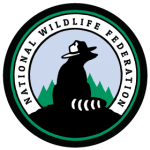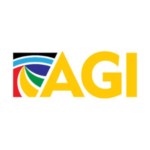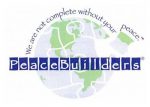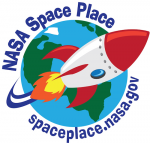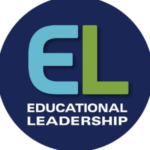Curriculum & Enrichment
- Arts Curriculum (41)
- Character Education (44)
- Creative Youth Development (32)
- English Language Learners (34)
- Environmental Education (58)
- Financial Literacy (38)
- Green Schools (20)
- History/Social Studies Curriculum (62)
- Homework Assistance (30)
- Literacy Curriculum (52)
- Math Curriculum (44)
- Outdoor Education (26)
- Physical Activity Curriculum (40)
- Project-Based Learning (29)
- Service Learning and Volunteer Programs (34)
- STEM Curriculum (84)
- Vocational Training (11)
The National Wildlife Federation provides educators with easy-to-implement, trusted curriculum and activities that help inspire the next generation of environmental stewards.
The teaching and learning resources readers will find on this page have been developed by the American Geosciences Institute and its members and partners to help educators teach about our planet and its systems.
Education GeoSource compiles geoscience education resources from a variety of organizations, providing credible and accurate Earth and Space Science resources for all ages.
Ten Strands’ Environmental Literacy Resources are resources on the environment that provide authentic, culturally relevant, and engaging context for students.
NPR’s thoughts about how to broach the climate change subject with students, no matter what subject you teach.
Learn more about why education is key to turning the tide and creating a safe sustainable world for generations to come in The Climate Reality Project’s latest fact sheet, Climate Science Belongs in the Classroom.
New teachers—and experienced ones too—can find ideas here on how to stop disruptive behavior before it begins.
PeaceBuilders provides several free resources on its website for parents, school personnel, and community PeaceBuilders to help create safe, positive learning environments.
The National September 11 Memorial & Museum has partnered with the New York City Department of Education and the New Jersey Commission on Holocaust Education to develop a robust set of 9/11 lessons for K-12 classrooms.
NASA Space Place’s mission is to inspire and enrich upper-elementary-aged kids’ learning of space and Earth science online through fun games, hands-on activities, informative articles and engaging short videos.
The several video courses on this site provide the in-depth information needed to move into technology-based teaching.
This article describes the process of students’ learning and the depth of their cognitive engagement— rather than the resulting product—that distinguishes projects from busywork. The hypothetical project described in this article was inspired by a real project, “Media Saves the Beach,” carried out by students at High Tech High in San Diego, California. This is a great resource because it provides realistic examples for what essentials are necessary in order to create a Project Based Learning system.
